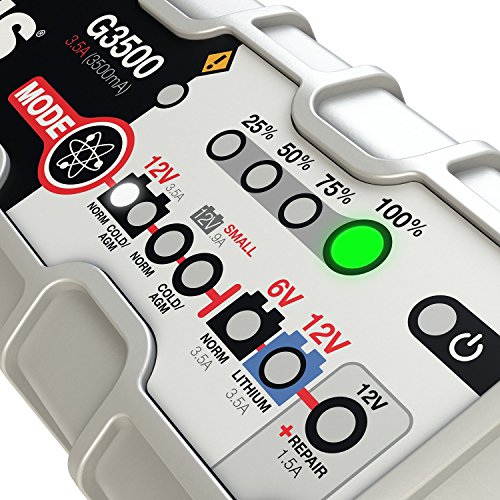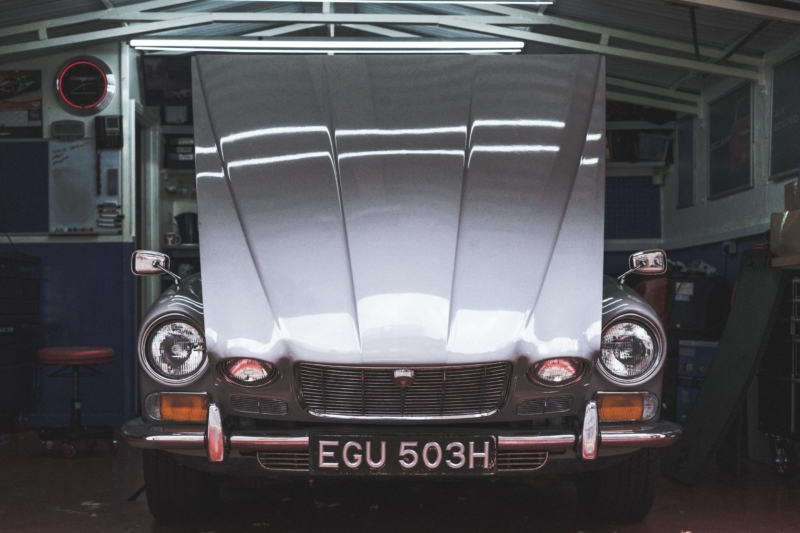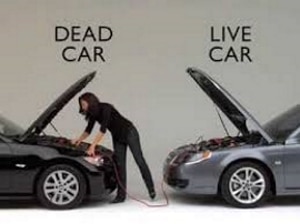
The winter period is critical for car batteries. Drivers usually start thinking about getting a new battery when the frosts last a long time or are really tough. In a lot of cases, they only decide to change the battery when they are forced to as their car did not start that morning.
When the battery is fully charged and in a good general condition, winter certainly does not matter as much as generally thought. However, if you mostly drive short distances, you should recharge it regularly. It’s recommended to have its condition checked before winter – some services have a special device that performs a stress test which can determine whether the battery is only discharged or worn and ripe for replacement.
When the battery is fully charged, it does not matter if it is zero or four degrees below zero. Today’s batteries in cars are much better than the ones you got fifteen years ago in a car factory but it still gets destroyed or damaged by the same things. The biggest killer is the heat and the worst of all are holiday trips to the seaside or a lake shore, where the car is parked a week or two in the heat – or if you go on holidays and your car is left in the heat of the city for that period of time.
Heat is a great reason for self-discharge and as a result, the sulfation plates subsequently lose capacity. Sulfation is the accumulation or deposition of lead sulfate on the surface and in the pores of the active material of batteries – lead electrodes.
Currently, engines emit much more heat that affects the vehicle’s battery. While 20 years ago the temperature in the engine compartment did not exceed 120F, nowadays it’s often reaching temperatures over 200F or more. It is not uncommon for cars to have accumulators placed outside the engine compartment.
The winter finishes the job
“The heat damage caused during the heat periods cannot, unfortunately, be seen until winter, when we need to rev up a cold engine and the internal resistance or engine parts is much greater than in the summer months. On the contrary to popular belief, winter is better for the battery because there is no great self-discharge. Also, it’s recommended to store batteries of a car that’s not used for a long period of time to be dry and cool (59 to 68 degrees is ideal). They do not mind the values far below thirties and a charged battery can withstand temperatures down to -58, a discharged one can freeze even at temperatures slightly below 30.
The most problematic car driver is one that often starts, drives only a small distance and, for example, heated seat switches and other electrical uses – the battery in such situations does not really have a chance to recharge.
For car battery it is best to keep it charged as much as possible. If you run out of juice due to forgotten lights on, it needs to be recharged immediately, before it becomes sulphating and gets damaged permanently.
Usage of comfort appliances, especially those that are heated and cooled (independent heating, ventilation, air-conditioning, heated seats, windows, lights) shortens the life span of the battery too.









